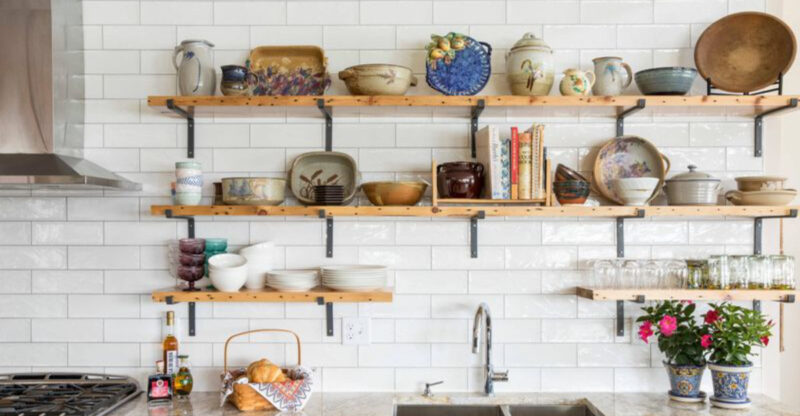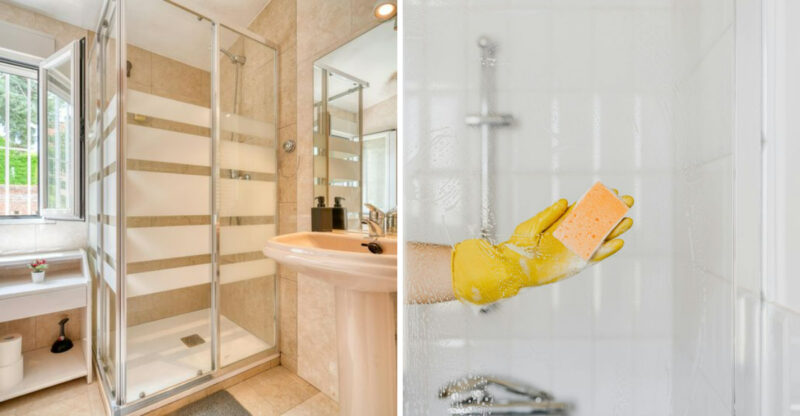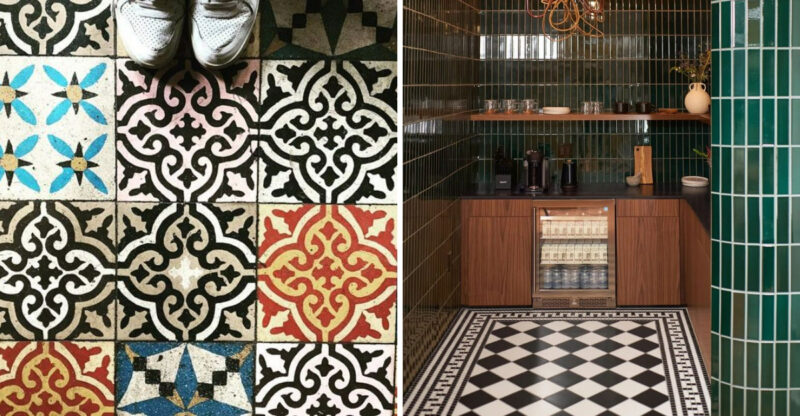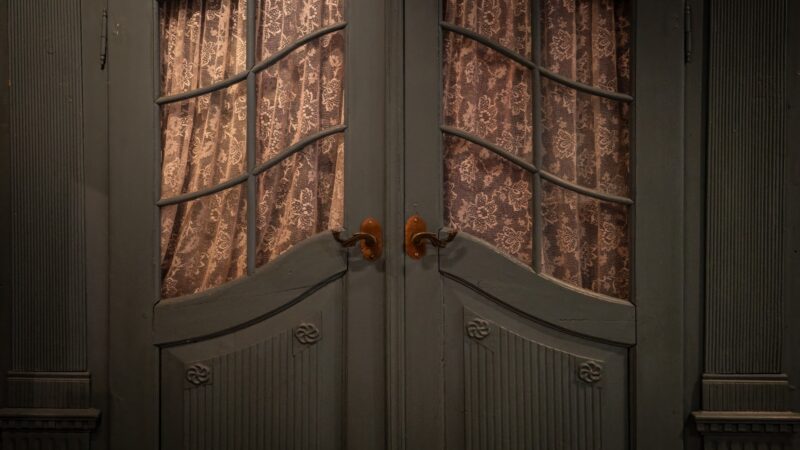Rapidly Expanding Areas In The Dallas Fort Worth Metroplex
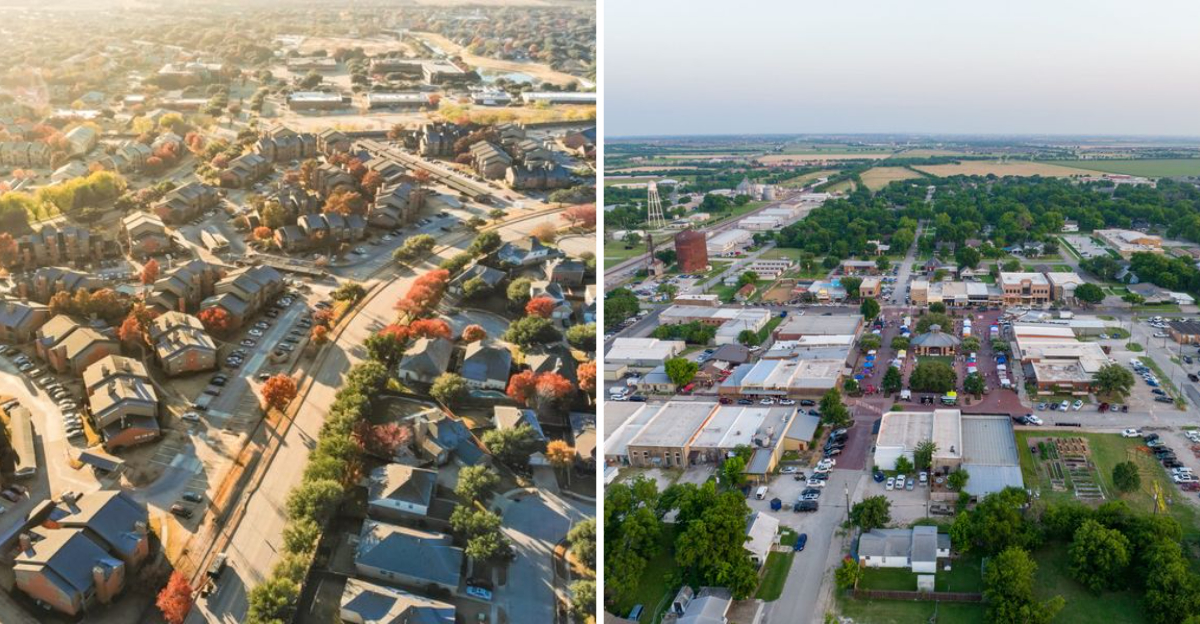
The Dallas Fort Worth Metroplex is booming like never before. New homes, businesses, and entertainment venues are popping up in all corners of this sprawling Texas region.
As more people flock to the area for jobs and affordable living, certain neighborhoods are growing at lightning speed. Let’s take a tour through the fastest-growing spots that are transforming the face of North Texas.
1. Frisco’s Tech Corridor
Frisco has transformed from quiet farmland to a tech powerhouse in just two decades. Companies like PGA of America and the Dallas Cowboys have planted their headquarters here, creating a buzz that attracts both businesses and families.
Walking through Frisco today, you’ll see construction cranes dotting the skyline near the $5 billion mile. The Star, Hall Park, and Frisco Station form the backbone of this booming area where residential neighborhoods blend seamlessly with corporate campuses.
Schools in Frisco consistently rank among Texas’s best, making it a magnet for families. This perfect storm of job opportunities, excellent education, and planned development has propelled Frisco to become one of America’s fastest-growing cities.
2. Alliance Corridor’s Industrial Boom
If you’ve driven along I-35W north of Fort Worth recently, you’ve witnessed the incredible transformation of the Alliance area. What began as Ross Perot Jr.’s ambitious airport project has evolved into one of the nation’s premier industrial and logistics hubs.
Massive distribution centers for companies like Amazon, FedEx, and BNSF Railway dominate the landscape. These warehouses create thousands of jobs and attract workers from throughout the region, fueling residential growth in nearby communities.
Alliance Town Center provides shopping and dining options for the growing population while new housing developments continue to fill in the spaces between industrial areas. This careful balance of commercial, industrial, and residential development makes the Alliance Corridor a model for planned growth in the 21st century.
3. Prosper’s Upscale Expansion
Money is flowing into Prosper as this once-tiny town transforms into an upscale suburban haven. Luxury homes on oversized lots dominate new developments, attracting wealthy families seeking space and good schools just north of Frisco.
The Gates of Prosper and other high-end retail developments have brought shopping options that match residents’ affluent lifestyles. H-E-B’s recent arrival signals the town has reached a new level in its growth trajectory, with more national retailers eyeing the area.
Youth sports drive much of Prosper’s culture, with the impressive Children’s Health Stadium serving as a centerpiece for community pride. As Dallas’s northern expansion continues, Prosper maintains higher-than-average lot sizes and building standards, preserving its reputation as a premium address in the northern suburbs.
4. Princeton’s Affordable Housing Haven
Princeton offers what’s becoming increasingly rare in the Metroplex: affordable new homes. This small community east of McKinney has seen an explosion of starter homes attracting first-time buyers priced out of other suburbs.
Young families fill new neighborhoods where three-bedroom homes still sell for significantly less than similar properties in neighboring communities. The trade-off is longer commutes, but many residents find the lower housing costs worth the extra drive time.
Though relatively small now, Princeton is positioned for massive growth in the coming decade. The city’s infrastructure is rapidly expanding to accommodate thousands of new residents, with new schools, parks, and retail centers under development to serve what will soon be one of Collin County’s next major population centers.
5. Las Colinas’ Urban Renaissance
Las Colinas proves that even established areas can experience dramatic growth. This Irving business district has transformed from a daytime-only office park into a vibrant, 24-hour urban community where people live, work and play.
The addition of the Toyota Music Factory entertainment complex brought nightlife to an area once known for emptying out after 5pm. Waterfront apartments along Lake Carolyn now house young professionals who enjoy walking to restaurants, concerts, and the DART light rail station for easy access to downtown Dallas.
Major corporations continue to expand their presence in Las Colinas, drawn by its central location and urban amenities. Unlike brand-new suburbs, Las Colinas offers the rare combination of established infrastructure with exciting new development, creating a uniquely dynamic atmosphere in this mature part of the Metroplex.
6. Fort Worth’s Near Southside Renaissance
Artists, entrepreneurs, and healthcare workers have transformed Fort Worth’s Near Southside into one of Texas’s coolest neighborhoods. This former industrial area adjacent to downtown has become a hotbed of adaptive reuse, where old warehouses now house trendy apartments, restaurants, and creative businesses.
Medical City Fort Worth anchors the healthcare district that provides thousands of jobs. These workers support the thriving restaurant scene along Magnolia Avenue, where chef-driven concepts occupy lovingly restored historic buildings.
Housing options range from renovated Craftsman bungalows to sleek new apartment buildings, attracting a diverse population that values walkability and urban energy. Unlike purely residential suburbs, the Near Southside offers a true mixed-use environment where residents can work, dine, shop, and play without ever leaving the neighborhood.
7. Little Elm’s Lakeside Lifestyle
Little Elm has leveraged its Lake Lewisville shoreline to create a unique lakeside community unlike any other in North Texas. The town boasts more shoreline than any other Dallas suburb, attracting water enthusiasts and those seeking a vacation vibe for everyday living.
Lakefront Town Center combines shopping, dining, and entertainment with a beach park where families gather for swimming and sunbathing. Waterfront homes command premium prices, while inland neighborhoods offer more affordable options still within minutes of lake access.
Though growth has been rapid, Little Elm maintains a relaxed atmosphere that sets it apart from more densely developed suburbs. Weekend boat traffic and lakeside events create a recreational culture that permeates the community, making it feel like a permanent vacation spot despite being just 30 minutes from major employment centers.
8. Haslet’s Logistics Explosion
Haslet has transformed from a rural outpost into a logistics powerhouse, thanks to its strategic location near major highways and Alliance Airport. Amazon’s massive fulfillment center anchors an expanding network of distribution facilities that employ thousands.
Housing developments are racing to keep pace with job growth as workers seek homes near employment. The small-town atmosphere remains in parts of Haslet, creating an interesting contrast between rural traditions and cutting-edge logistics operations.
Though less well-known than some Metroplex communities, Haslet’s growth trajectory is among the steepest as the e-commerce boom drives demand for strategically located distribution centers. Its position at the intersection of I-35W and SH 114 ensures Haslet will continue attracting businesses that value quick access to the regional transportation network while offering workers a less congested alternative to urban living.
9. Northlake’s Retail Revolution
Northlake sits at the epicenter of a retail explosion along I-35W that’s changing shopping patterns across the western Metroplex. Tanger Outlets anchors a growing retail corridor that pulls shoppers from throughout the region to this once-overlooked area between Fort Worth and Denton.
Massive distribution centers support the retail operations while creating jobs that fuel residential growth. New master-planned communities offer residents small-town living with big-city shopping convenience just minutes away.
Truck traffic has increased dramatically as Northlake becomes a key logistics hub, prompting infrastructure improvements to handle the growing volume. Despite challenges associated with rapid growth, Northlake’s strategic location ensures its development momentum will continue as the Metroplex expands northward from Fort Worth and westward from Denton, making this former rural crossroads an increasingly important commercial center.
10. Melissa’s Family-Friendly Surge
Families seeking good schools and affordable homes are flocking to Melissa, transforming this once-rural community into a suburban hotspot. Located just north of McKinney along Highway 75, Melissa offers a slightly more relaxed pace than its rapidly urbanizing neighbors to the south.
New subdivisions feature family-friendly amenities like splash pads, hiking trails, and community centers. The highly-rated Melissa ISD continues building new schools to keep pace with the influx of school-aged children, maintaining small class sizes despite rapid growth.
Commercial development is finally catching up to residential growth, with new shopping centers bringing everyday conveniences closer to home. Though still evolving, Melissa represents the next wave of Collin County’s northward expansion, offering a sweet spot of affordability, good schools, and reasonable commuting distance to major employment centers.
11. Celina’s Rural Revolution
Once a sleepy farming community, Celina is now experiencing explosive growth that’s reshaping its character. Located north of Frisco, this former agricultural hub has become a hotspot for master-planned communities that are sprouting like the crops that once dominated the landscape.
Developers are racing to build thousands of homes across massive tracts of former farmland. The city’s population has doubled since 2010 and shows no signs of slowing down as Dallas’s urban sprawl continues northward.
Despite rapid development, Celina works to maintain its small-town charm. The historic downtown square remains the heart of the community while new retail centers and amenities emerge around it, creating an interesting blend of rural heritage and suburban convenience.

